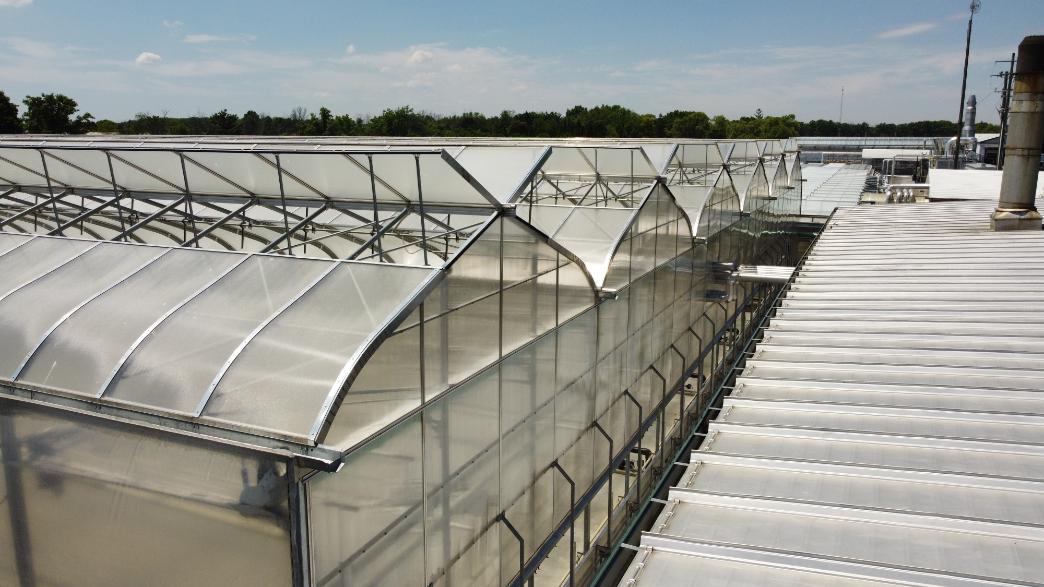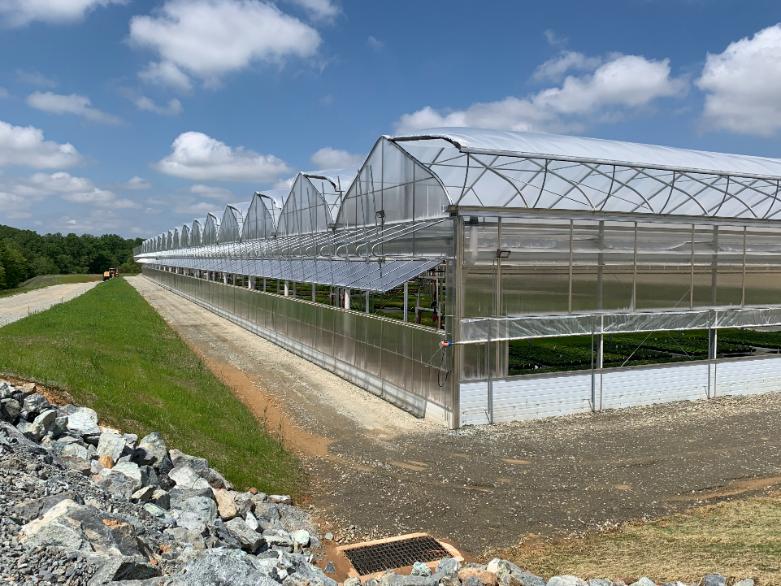Here Come The Drones
 At GGS we believe that success means we have helped our customers grow. To help you grow we listen to your concerns, hear what your needs are, and we actively watch what is going on in the world around us. This enables us to provide better technology, more responsive services, and higher quality products to your farms.
At GGS we believe that success means we have helped our customers grow. To help you grow we listen to your concerns, hear what your needs are, and we actively watch what is going on in the world around us. This enables us to provide better technology, more responsive services, and higher quality products to your farms.
Early this year we published news of our first drone experiment. It was clear that drone technology had rapidly evolved from high priced military tools, to moderately priced toys. It was equally clear that drones will one day impact many of our customer’s businesses.
In the Association for Unmanned Vehicle Systems International’s (AUVSI’s) economic study they predict the economic impact will be $82 billion and create more than 100,000 jobs in the first decade after integration and they predict agricultural uses will eventually account for 80 per cent of the commercial market for drones.
So what will agriculture use drones for?
According to The Globe and Mail: Today’s drone technology promises a bumper crop of rich data for farmers, ecologists, ranchers and scientists.1
When considering why Intel dropped $10 Million in Cash on an investment in Drone technology this week Fastcompany observed: If you own a drone company that wants to fly unmanned aircrafts for farms and insurance companies, this is your year.2
PrecisionHawk, the company that Intel just invested in, has a drone called Lancaster that is a scaled down high wing airplane. It’s President and co-founder Dr. Earon holds a PhD from the University of Toronto’s Institute for Aerospace Studies, specialized in using robotics for planetary exploration. Dr. Ernest Earon has been quoted saying “I see drones becoming the cell phone of agriculture”
In 40 minutes, 120 hectares can be surveyed by Lancaster, and while that means precious time savings to farmers, what Intel knows is that it also provides the ability to capture incredible amounts of crop data that can be analysed and used for better farming decisions. Tie that into the Internet of Things and you have instant access to large scale data.
Drones can provide farmers with three types of detailed views. First, seeing a crop from the air can reveal patterns that expose everything from irrigation problems to soil variation and even pest and fungal infestations that aren’t apparent at eye level. Second, airborne cameras can take multispectral images, capturing data from the infrared as well as the visual spectrum, which can be combined to create a view of the crop that highlights differences between healthy and distressed plants in a way that can’t be seen with the naked eye. Finally, a drone can survey a crop every week, every day, or even every hour. Combined to create a time-series animation, that imagery can show changes in the crop, revealing trouble spots or opportunities for better crop management.3
Drones specifically geared for agriculture can be linked to Google Earth through your tractor’s GPS system letting you know exactly where to go to fix a crop problem.
In Canada regulations allow commercial uses of drones under licensed conditions. While FAA regulations still prohibit commercial use of Unmanned Aerial Vehicles in the US, one of America’s largest Insurance companies formally petitioned the Federal Aviation Administration (FAA) on October 2 for permission to use drone aircraft to process insurance claims.4
Chrissy Guthoerl, Manager of the Tasco Dome division, which manufactures and sells fabric covered buildings around the world said “Tasco Dome is deeply rooted in the agricultural industry in North America, Europe, and Asia, and everyone is talking about drone technology being a tool for managing large scale farms on many different levels.”
The benefits for field crop farmers, cattle farmers, large nursery farms, is obvious, but what about greenhouses? When GGS decided to see what could be done with a drone we chose a model more akin to a helicopter than an airplane. Easier to maneuver inside and outside greenhouses the GGS Drone has been used to experiment with the technology.
“Mostly we have used it to take pictures for our greenhouse customers, and pictures of our greenhouses under construction. A larger model could potentially be used in the future to spray whitewash on summer glass roofs.” said our GGS Drone Pilot and Technical Support Rep, Anthony Mundula. “A drone is certainly a quick and inexpensive way to get photographs of your property for building permit applications”.
Michael Camplin, Sales Manager added “For poly greenhouses a potential use for drones is to scan for damage to the poly from ice and storms. Inside a greenhouse drones are not as practical, but many of our greenhouse customers also have large outdoor production areas. Nursery growers, landscapers, large garden centers with acres of outdoor retail, can better manage crop inventory by using drone technology. Tying it into your computer systems is going to be the next big thing”.
If you haven’t already entered our contest to win your very own drone complete with GoPro camera, time is running out, click here before Dec 31, 2014 to get your name in the drone contest
Sources:
3. http://www.technologyreview.com/featuredstory/526491/agricultural-drones/
4. http://www.fastcompany.com/3036994/elasticity/usaa-to-faa-our-insurance-adjusters-want-drones








